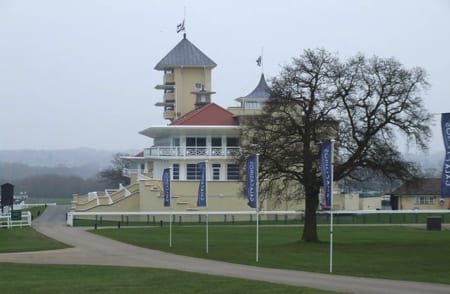
Horse racing is a hugely popular sport, seeing hundreds of thousands of people turn up for the biggest meetings, such as Royal Ascot, Cheltenham and Glorious Goodwood. On top of that, many people look at the horse racing industry as one that is awash with cash, given the money involved in owning top horses and the sort of prize money available for big races.
Yet the reality for many within the horse racing world is that the money is much less than many assume. The top races might have huge amounts of money on offer as prizes, but the bread and butter races most certainly don’t. Racecourse that were once popular can soon feel the pinch, resulting in some much-loved ones closing their doors as the years pass.
This page is a look at some of the racecourses that have closed their doors permanently in recent times. Obviously, if you look way back over time there are all sorts of courses that are longer around, but we’re trying to keep this in the twenty-first century in terms of the courses that the racing industry has had to say goodbye to.
Towcester Racecourse – Closed in 2018
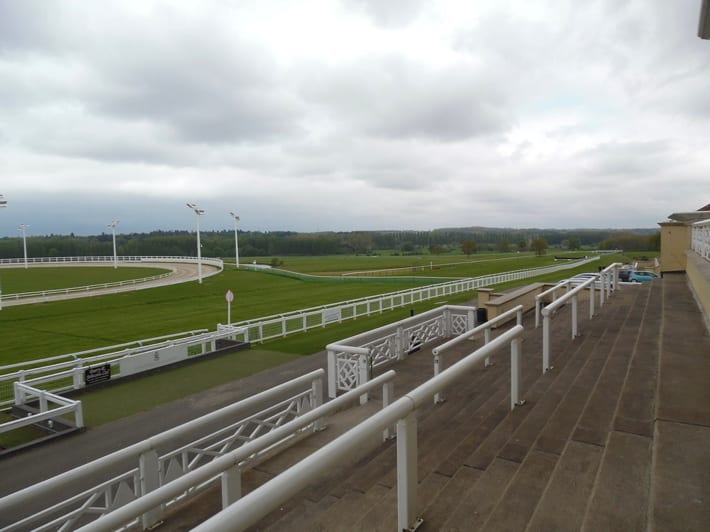
We’ll start with the most recent of the two courses to stop operating in the twenty-first century, which is Towcester Racecourse. Located in Northamptonshire, it was mainly used by the National Hunt for jump race meetings during winter. The first ever meeting at the site took place in 1928 and Lord Hesketh helped to form the Towcester Racecourse Company as a result.
The course had actually played host to horse racing for the first time in 1876, when steeplechasing occurred in honour of the Empress of Austria, Elizabeth. It’s where the Empress Stand, which opened for the first time in 2005, gained its name from. Whilst horse racing occurred sporadically in the years that followed, it was in the 1920s that Lord Hesketh decided to truly make it a venue for the sport.
The racecourse was built on the site of Lord Hesketh’s Easton Neston estate, with a grandstand built to allow people to see the racing properly. Offering sharp bends and an uphill gallop to the finish line, Towcester Racecourse soon became a popular one because of the challenges that it presented participants with. Horses were always well-tested, which produced some dramatic and unexpected results.
Attempted Sale
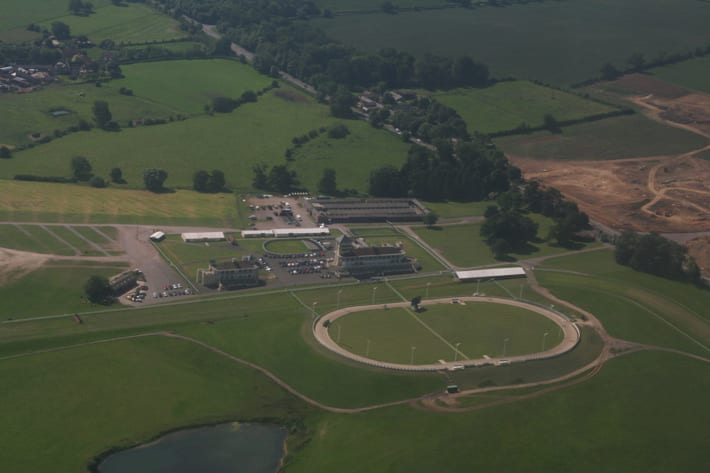
In 2004, Lord Hesketh put the Easton Neston estate up for sale, including the racecourse. After some time, Lord Hesketh decided to keep hold of the racecourse but sold a good portion of the estate to a businessman from Russia. Two years earlier he had allowed entry to the course to be free, which continued as an offer until 2006 and proved to be a very popular move with racegoers.
In December of 2006, it was confirmed that entry would be charged to the Boxing Day and Easter Sunday meetings, which were two of the most popular on the course’s calendar. In 2008, Lord Hesketh decided that he would indeed sell the racecourse as a going concern amid fears that he couldn’t maintain the course properly. He put a £10 million price tag on the venue, appointing Alaris Capital and Knight Frank to complete the sale.
The decision to attempt to sell the course came after selling the rest of the estate in a piecemeal fashion. It was the last part of Easton Neston that Lord Hesketh owned, with the Chief Executive of Towcester Racecourse, Chris Palmer, wondered whether looking to build a hotel or driving range on site might be a way of reviving interest in it, after spending £10 million to update it in the decade previous.
Tony McCoy Racks Up 4,000 Wins

Whilst the future of Towcester Racecourse might well have been in doubt from the moment that Lord Hesketh decided to put it up for sale, it was in the news for better reasons when Sir Anthony McCoy became the first jockey in the jump racing arena to win four thousand races, hitting the magic number at the course. The win came on the back of Mountain Tunes on seventh of November in 2013.
The horse that he won his four thousandth race on was owned by JP McManus and trained by Jonjo O’Neil, two people he had long worked with in the horse racing industry and even thought of as friends. It was his second ride of the day that proved to be the key one for AP McCoy, ensuring that the racecourse would be forever in the record books regardless of what happened in the future.
Administration
Five years after AP McCoy’s four thousandth win, Towcester Racecourse was put into administration. It happened in August of 2018 and a statement from the course said the following:
Towcester Racecourse Company Limited, proprietors of Towcester Racecourse, are currently experiencing trading difficulties and are in discussions with key stakeholders and professional advisers on the way forward.
However, the directors have concluded that they have no alternative in the short term but to seek court protection and are now taking steps to place the company into administration. As a result, it is with regret that the greyhound meetings on this Friday, 17 August, and over the weekend at Towcester Racecourse have been cancelled.
The statement went on to talk about the directors needing time to ‘focus on exploring other options for the business’, as well as their hope that there would be ‘significant interest from potential acquirers’. A week later and KPMG were appointed as administrators, immediately making all but three of the staff at the course redundant. Three months later and it was confirmed that the course was being sold.
The Sale
The buyer was Fermor Land LLP, which was a company that had been formed less than a month before the sale and was led by Lord Hesketh’s brother-in-law. All of the assets of the racecourse that were required for racing were sold to the business, meaning that they were presented with a range of options to move forward with. The amount that Fermor Land LLP paid for the site wasn’t revealed.
Another part of the sale was that of the remaining fixtures that Towcester Racecourse should have played host to that season. The sale of the races was confirmed after the course was closed permanently, as announced by the British Horseracing Authority. The ten remaining fixtures were bought by Arena Racing Company, who worked alongside the BHA to find suitable homes for the race meetings.
Folkestone Racecourse
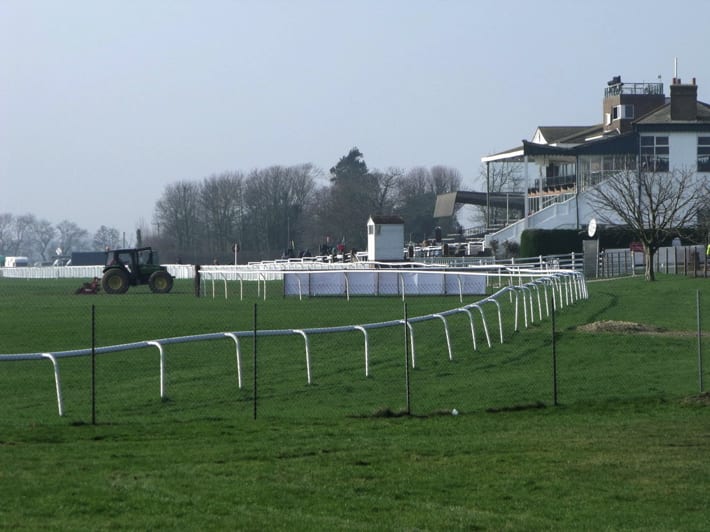
Perhaps not quite as famous in horse racing circles as Towcester Racecourse, Folkestone Racecourse was nevertheless a decent venue for thoroughbred racing. Located around two miles outside of the town of Folkestone itself. The course was built on Westenhanger estate, a site owned by King Canute as early as 1035. Westenhanger Castle was built in the fourteenth century and could be seen from the course.
The racecourse itself was built in 1898, offering a right-handed track in an oval shape over undulating ground. It was about one mile and three furlongs in length, with a six furlong straight that could join the round course in order to offer a final stretch of three furlongs. There was also an inner steeplechase course that boasted seven fences. In the middle of the course was farmland, with a reservoir.
In 1975, Lord Oaksey, who was also a journalist and racing commentator for television, had a fall on the steeplechase course and suffered serious injuries. In the end, they were serious enough to end his riding career, which had included wins in the likes of the Kim Muir Challenge Cup, the CGA Foxhunter Chase and the Hennessy Gold Cup. His career saw him named the British Champion Amateur Jump Jockey on to occasions.
The Temporary Closure – Closed in 2012
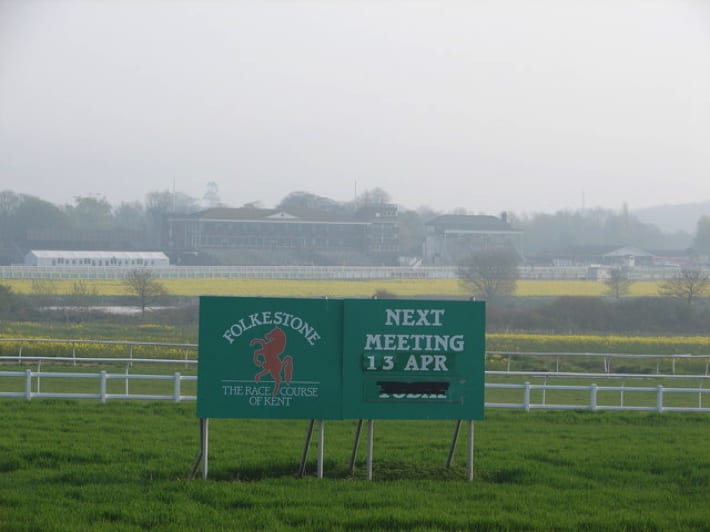
In July of 2012 it was announced by Northern Racing and Arena Leisure, the joint-lessees of the course, that they would be closing it temporarily. They blamed a combination of outdated facilities and a delay that had occurred to the building of houses on a section of the site as the reasons for the temporary closure, which was greeted with sadness by a horse racing community that felt that the writing was on the wall.
Having proved a popular racecourse with punters, largely thanks to its proximity to the M20 motorway and the fact that Westenhanger Train Station was located close by. It might help to explain why about two and a half thousand people headed to the course for its final planned fixture in December of 2012. The number of attendees exceeded those that went to the course for its United Hunts Cup evening earlier in the year.
The Eventual Closure
The racecourse owners might well have hoped that the closure would only be temporary after more than one hundred years in operation, but most people on the course that day knew the more likely truth. Bookmaker Robin Grossmith summed the feeling on the day up by saying, “It is a very sad day. We are at a funeral effectively.” The problem for Arena Racing Company was that it simply wasn’t making any money.
When a racecourse doesn’t make money, companies responsible for running them can’t justify reinvesting in them. That Shepway District Council had withdrawn support for the course proposals meant it was almost impossible for ARC to continue operating it. When the council seemed to suggest that the building of eight hundred homes, which would have funded the course’s redevelopment, wouldn’t happen, the future looked bleak.
Though the plan was for it to be temporary closure, plans revealed by Folkestone and Hythe Council showed that the area would be used for a new housing development. By December of 2017, much of the infrastructure on the racecourse had fallen into disrepair. It suggested that a resumption of racing was virtually impossible, meaning that its time as one of the south-east’s most loved racecourse was over.
It was particularly galling for the people involved in Folkestone Racecourse to know that racing wouldn’t be returning, given what had happened at Hereford Racecourse. Racing there had seemingly stopped just days before it did at Folkestone, but it reopened for National Hunt events in October of 2016. It was undoubtedly frustrating to see a similar course revived for use by the same company that decided it wasn’t to be the case for Folkestone.